
Why Is It Called Gilman’s Point? Kilimanjaro Summit History
Table of Contents Why Is It Called Gilman’s Point? The Story Behind the Name | Kili Quests Climbers taking the Marangu or Rongai Route
Mount Kilimanjaro is not only Africa’s tallest peak — it’s a sacred and symbolic landmark surrounded by ancient myths, spirits, and tribal traditions. For generations, the local communities living around the mountain — especially the Chagga, Maasai, and Pare — have passed down stories and beliefs tied to the mountain’s power, protection, and mystery. In this article, we explore those cultural narratives and how they still shape local identity today.The name ‘Kilimanjaro’ itself has tribal roots — explore the meaning behind the mountain’s name.Meet Lauwo, the first Chagga guide to summit Kilimanjaro, and a legend in local oral history.
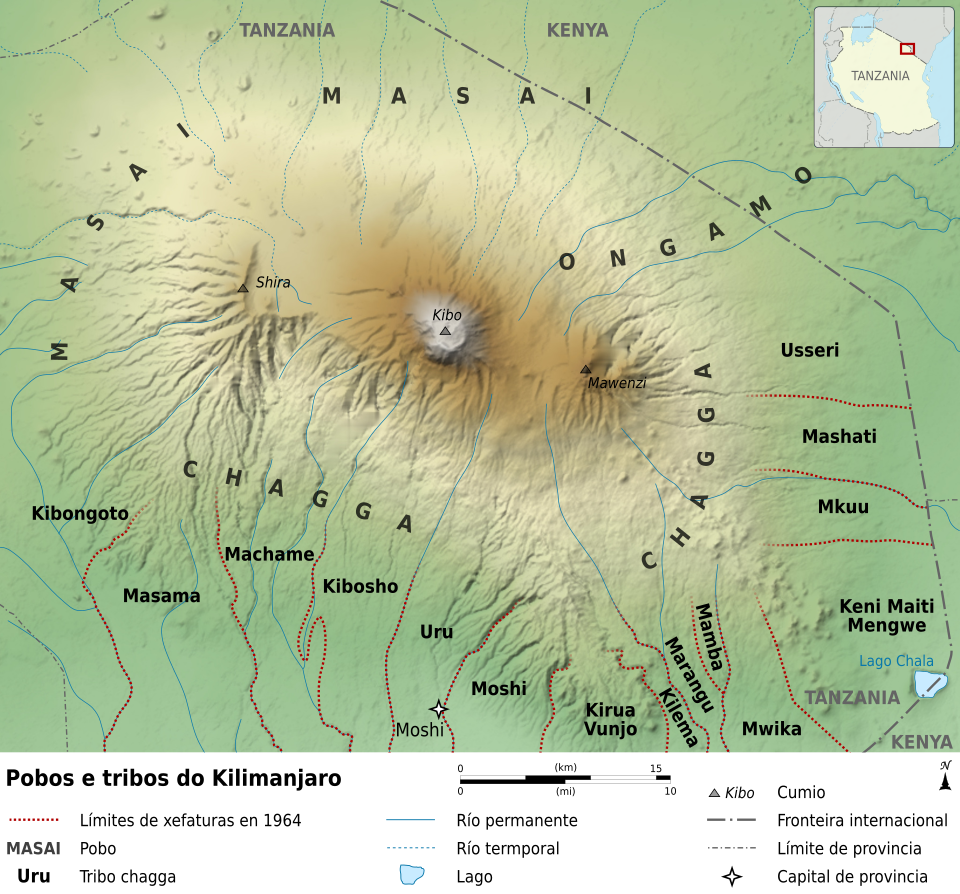
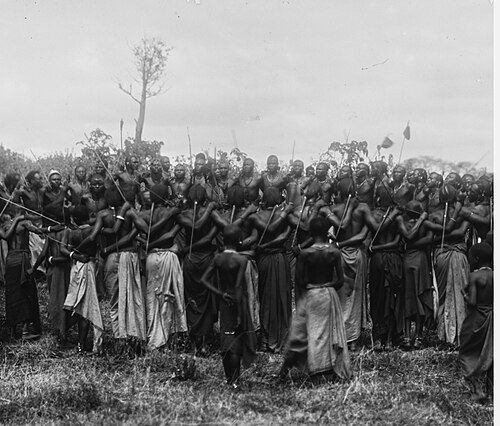
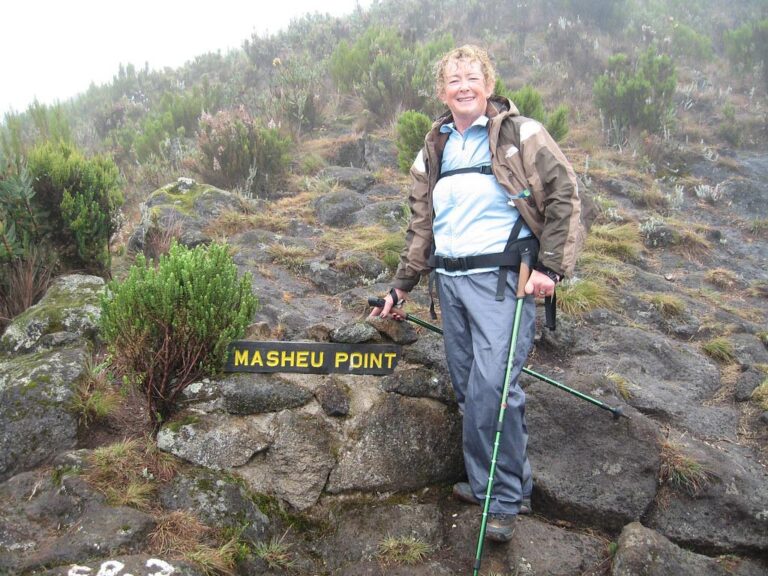

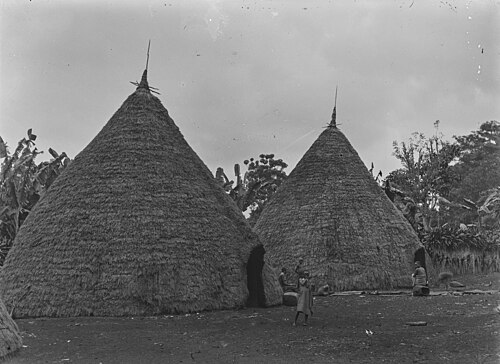
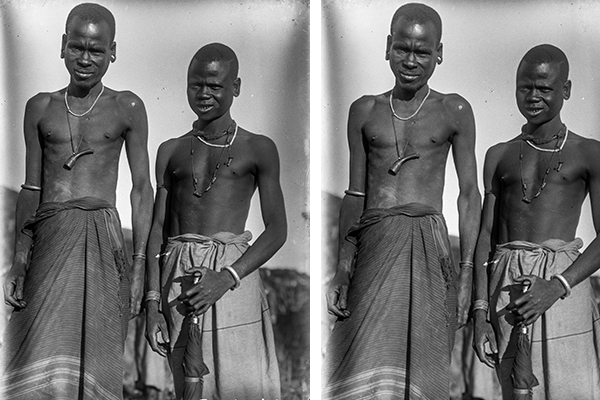


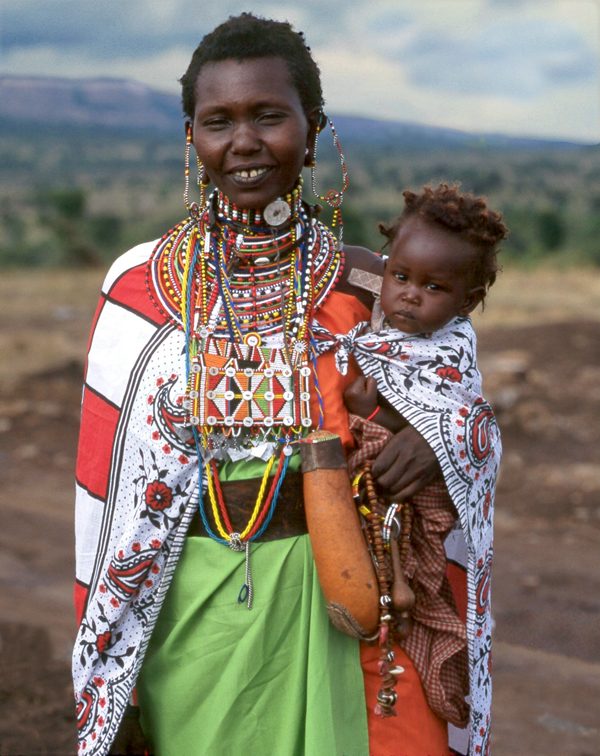
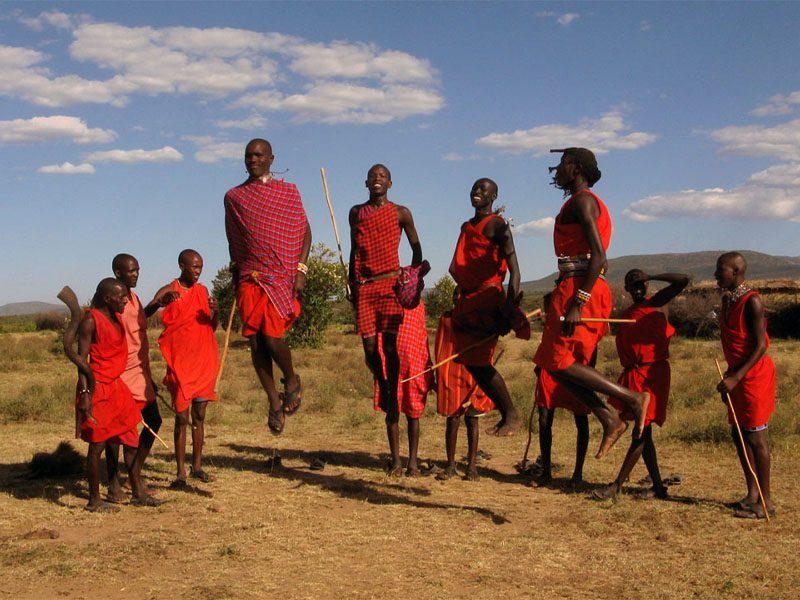
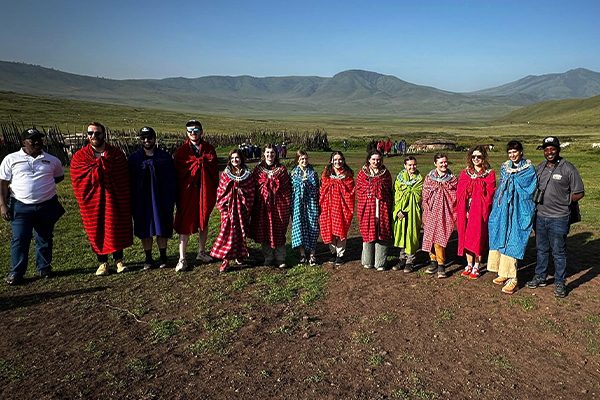

Mount Kilimanjaro is more than just a geological wonder. It is a living symbol of stories, spirits, and identity for the Chagga, Maasai, and Pare people. By learning these traditions, trekkers can gain not only altitude — but also a deeper appreciation for the soul of the mountain.See why Kilimanjaro is considered a natural wonder and what makes it globally significant

Table of Contents Why Is It Called Gilman’s Point? The Story Behind the Name | Kili Quests Climbers taking the Marangu or Rongai Route
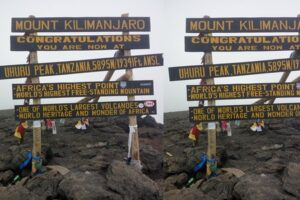
Table of Contents Uhuru Peak? The Story Behind the Name | Kili Quests Uhuru Peak is not only the summit of Mount Kilimanjaro, but
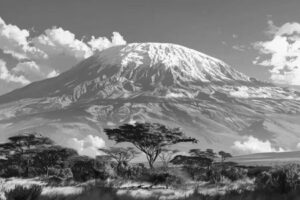
Table of Contents Is Kilimanjaro a World Wonder? + UNESCO Facts | Kili Quests Kilimanjaro’s Legendary Status Mount Kilimanjaro is not only the tallest
@2025 Kili Quests. All rights reserved.